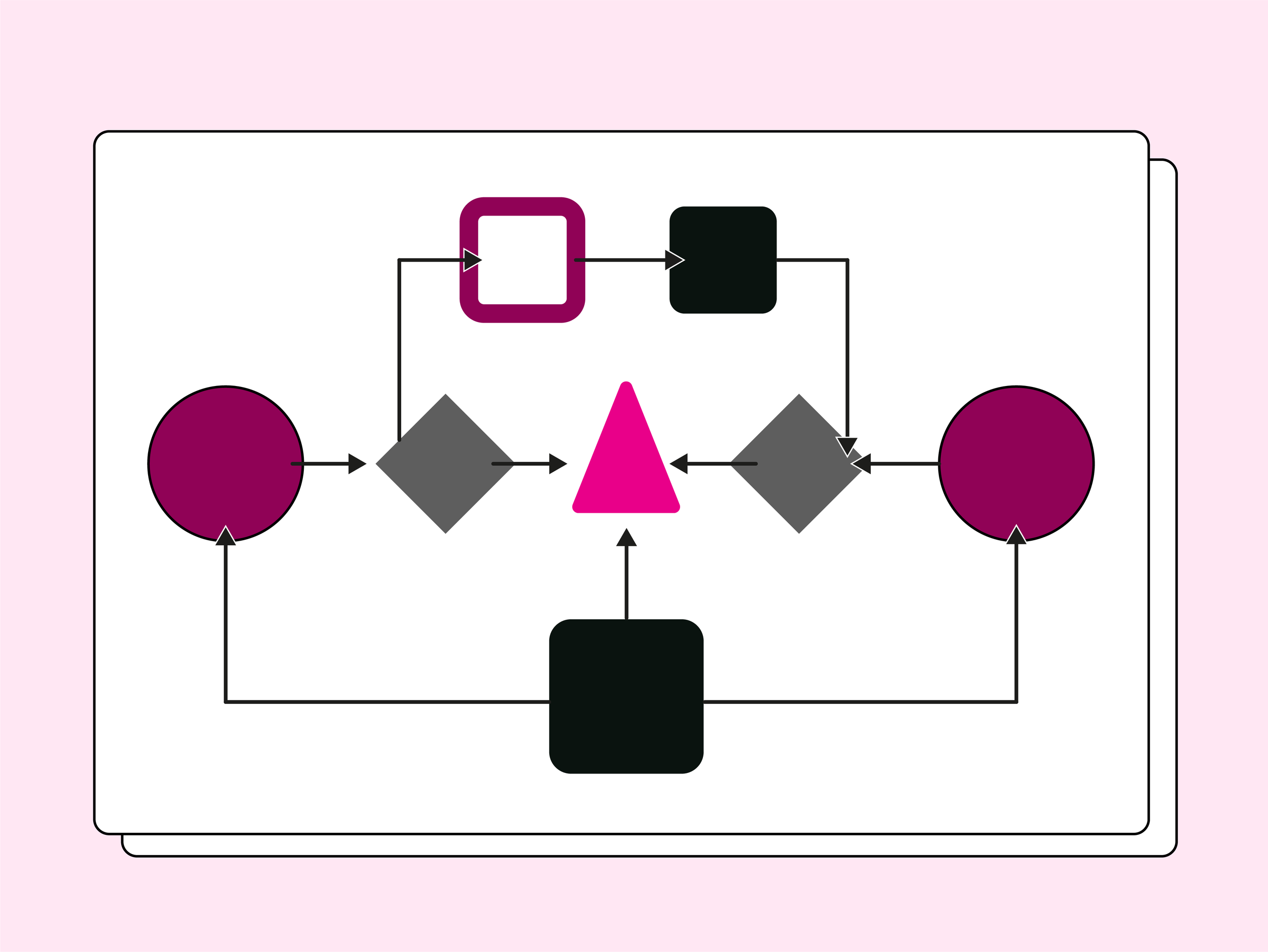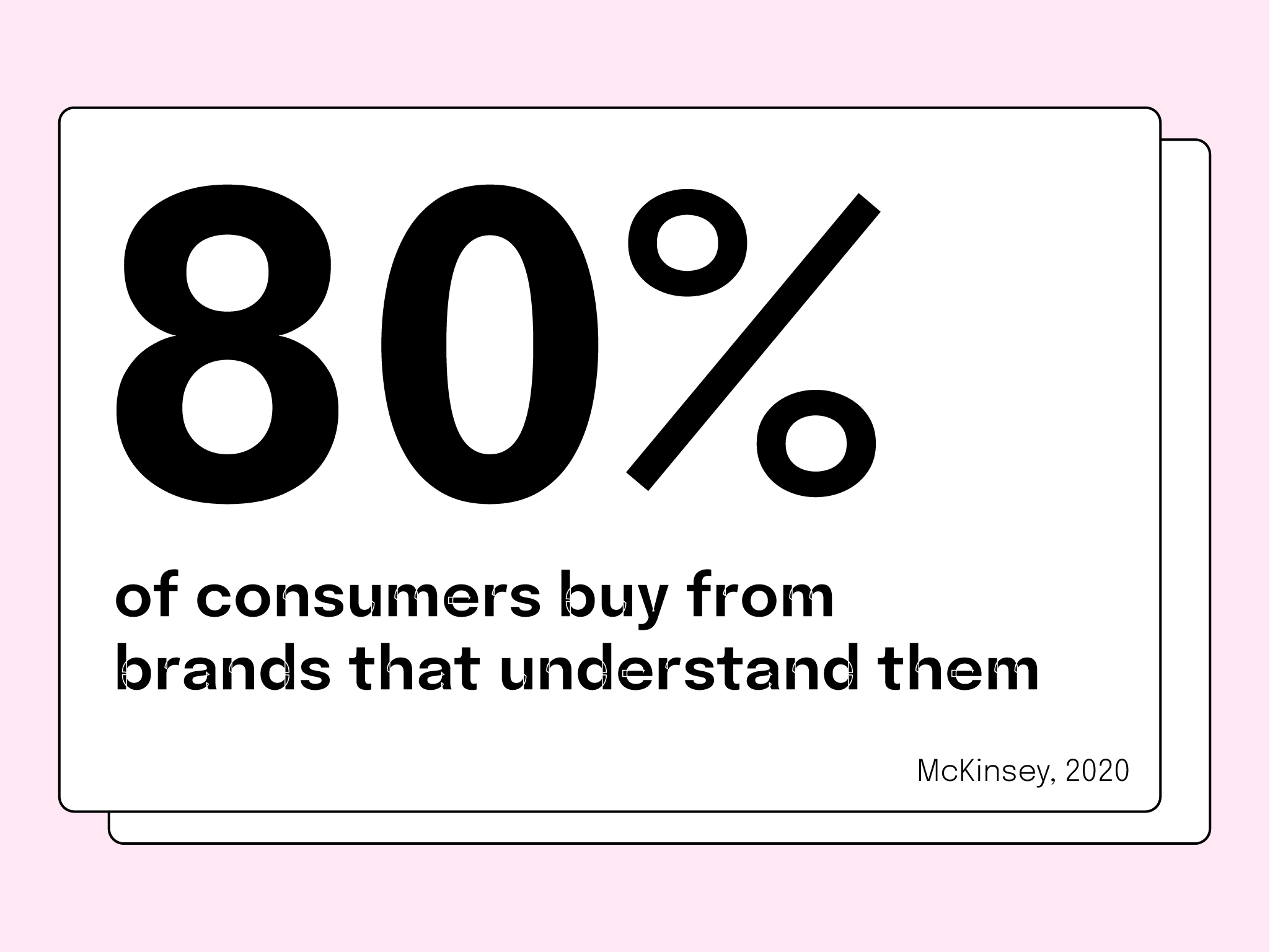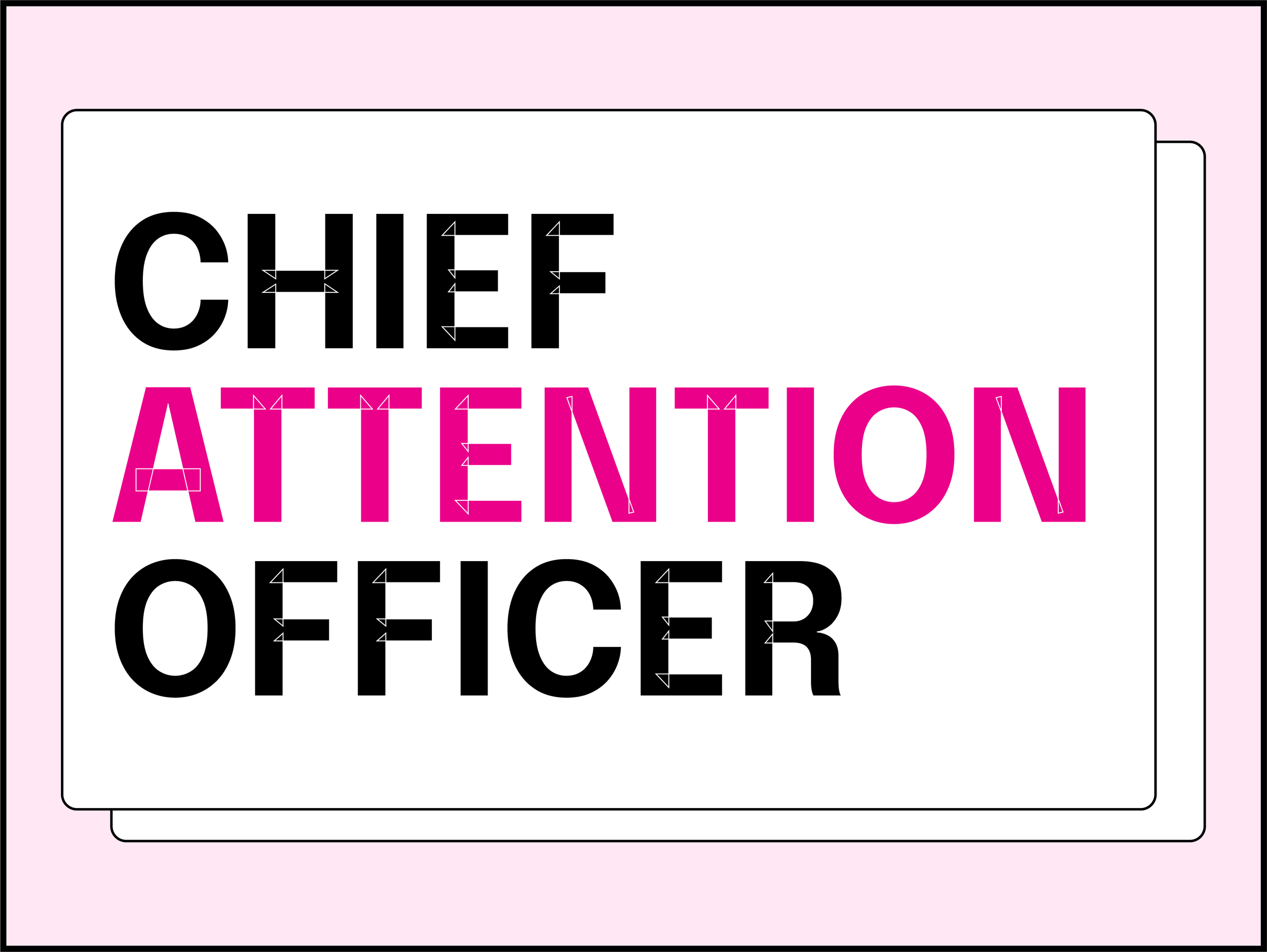Attention: The Operating System of the Modern Brand.
How modern companies use attention to shape - not just sell - what they create
Rich Walker - Founder of Attention Alpha
15th October 2025
“I remember my one year old nephew's eyes darting around the room curiously: screens, lights, music, food, voices.
“Shiny new sights and sounds each competing for his attention.”
Now, we might not all be as young as my nephew, but we do share one thing in common; we are all equally hyper stimulated. Our attention is a scarce resource and the fight to control our eyes and ears intensifies with every day.
Yet curiously, some brands choose to lay down their arms as the battle heats up, thinking they can join the fight when the product is ready or when the service is perfected, when their competitors have already built up a head of steam.
A backwards model
Too often, businesses still work the wrong way around. They spend months perfecting a product, then at the eleventh hour they start thinking about how to drive attention to it.
I work with a lot of people in the tech world — brilliant designers, visionary founders, passionate developers - all keen to disrupt, keen to change the world. Build it and hope they will come? The model looks something like this:
Build product → market it → hope for attention
Often business teams hope to navigate this challenge with ad campaigns. But a recent VCCP study found that 85% of digital ads receive under 2.5 seconds of active attention
So, with the odds so stacked against this hope, what’s the solution?
Attention is the new operating system
Attention is the source code of a modern brand. It’s not an optional program — it’s the operating system that runs the business.
Becoming an attention-first company means putting attention at the centre of every decision: what to build, how to communicate, and why you exist in the first place.
So what do attention-first brands do differently? The modern brand starts by earning attention, not demanding it. It builds story, community, and advocacy first — and lets the right products emerge naturally from that foundation.
Earn attention → understand audience → build what they actually want.
Building in public
Attention-first brands share their process, ideas, and values openly. They publish content that builds their brand story and attracts a community of advocates, people who truly care. And by doing so, they grow an audience — a ready-made customer base — from day one.
But it’s not just about audience building, it’s real time R&D. When you earn attention, you earn information — real-time feedback about what your audience values, questions, and craves. It’s like having a live radar of customer intent.
Getting attention first means you know exactly who you’re building for and what they need. A study by McKinsey suggests that 80% of consumers say they buy from brands that “understand them”
We’ve also seen companies like Notion and Figma grow communities long before scaling their products, and their communities effectively told them what to build next, instead of the companies guessing or overbuilding. Figma is a particularly interesting example, they have grown their market share to around 37%, even seeing off competition from Adobe, who had significant market presence in the process.
Attention guards against tunnel vision, exposes blind spots, and makes product decisions clearer.
Attention is your moat
Attention doesn’t just help inform what you should build — it protects what you’ve already built. In a highly commoditised world, it acts as the ultimate differentiator between a brand and its competition.
It is attention which creatives familiarity and loyalty, and keeps you top of mind even in economically challenging times.
A company that commands attention has a ready distribution channel, a base of people already listening, lowering customer acquisition costs, builds familiarity. Don’t believe me? Well, McKinsey’s researchers also found the brands the prioritise building community and continuing to prioritise holistic attention-building report up to twice the revenue growth the those who only spend on short term “ad focussed” campaigns.
So why do so many companies drain the moat?
When budgets tighten, it’s often the marketing or content teams that are first on the chopping block. Yet cutting the very functions that earn attention is like shutting down your sales pipeline during a drought.
Let’s go back to 2022. COVID-19 was still dominating the agenda, and some company boards were slashing marketing budgets by as much as 20 percent.
History shows the opposite strategy works: companies that continue to invest in attention during downturns tend to outperform peers in the recovery.
When times get tough, the brands that stay visible — empathetic, consistent, and present — are the ones people remember when blue skies return.
Beyond “doing content”
These days every brand “does content.” But doing content isn’t the same as building attention.
As marketers I’m sure we can all think of times where our colleagues have asked us to ‘make a TikTok’ of something or “put that on Instagram”. “Doing content” relegates the importance of attention to the overall business strategy. It conflates the idea of producing content, with cultivating and nurturing attention.
It’s tactical and not strategic.
On the other hand attention-first companies create systematic attention that powers their entire business.
This isn't a case of just "filming a load of stuff" and then trying to reverse engineer it into something you hope will stick. It isn’t even about creating content matrixes and calendars - tools of the trade dictating when you show up on the media platforms of the day.
It’s about an attention system — a process that dictates not just when you show up online, but the very essence of what your business becomes.
The most success brands, the proudest “attention seekers” of tomorrow will turn a single TikTok comment with a load of likes into a new feature, product, or service. They’ll use attention signals as a live roadmap for innovation. The brands with systems to harness this attention and these feedback loops will be success stories.
Attention-first brands know what sort of attention matters.
Their systems allow them to differentiate between fans and advocates, between tyre kickers and customers, between vanity views and sales.
They don't sweat the small stuff. They aren’t fixated on the latest aspect ratios, they are obsessed with creating attention systems that allow the audience to tell them how they want to be served.
The rise of the attention-first organisation
So what's the way forward? What could an attention-first organisation look like? Step forward the CAO
In the attention-first organization, the CMO evolves into the Chief Attention Officer: a powerful role which owns the end to end attention strategy.
This is not a manager of a cost-centre, this is the steward of the brands narrative and attention ecosystem - content, community and the offer together - end to end and around one goal: earning and sustaining meaningful attention.
This way attention becomes everyone’s business — not just the marketing department’s.
Final thoughts
You’ve probably heard of the Pareto principle — 80% of results come from 20% of effort.
What if your next brand strategy was 80% about attention, and 20% about product?
What would change? Your roadmap? Your team structure? Your growth trajectory? Maybe everything.
Because in the end, attention isn’t what follows strategy — it is the strategy, and attention earned legitimately, through building trust and adding value will lead to the most powerful brands of the future.





